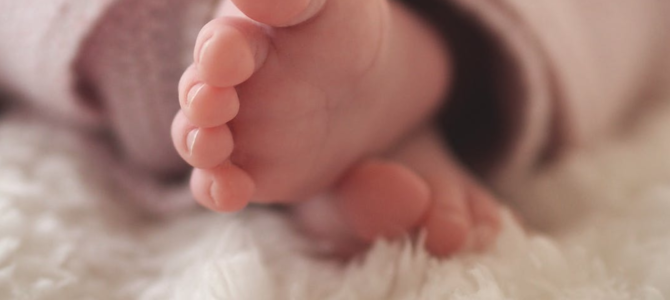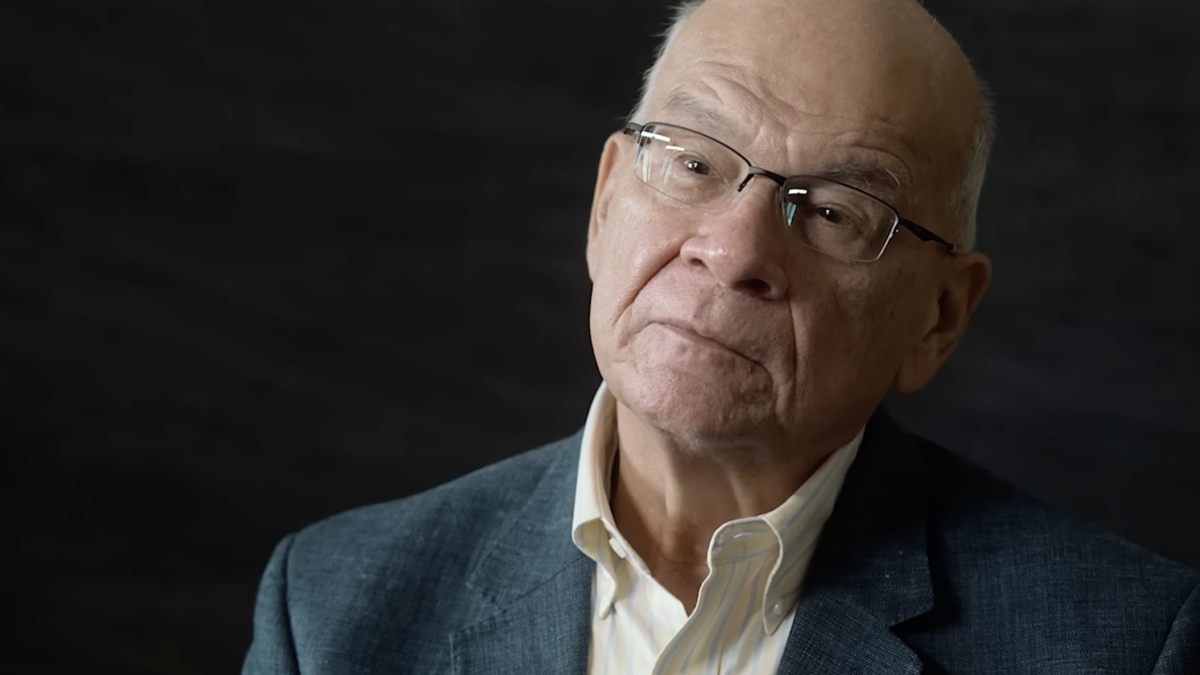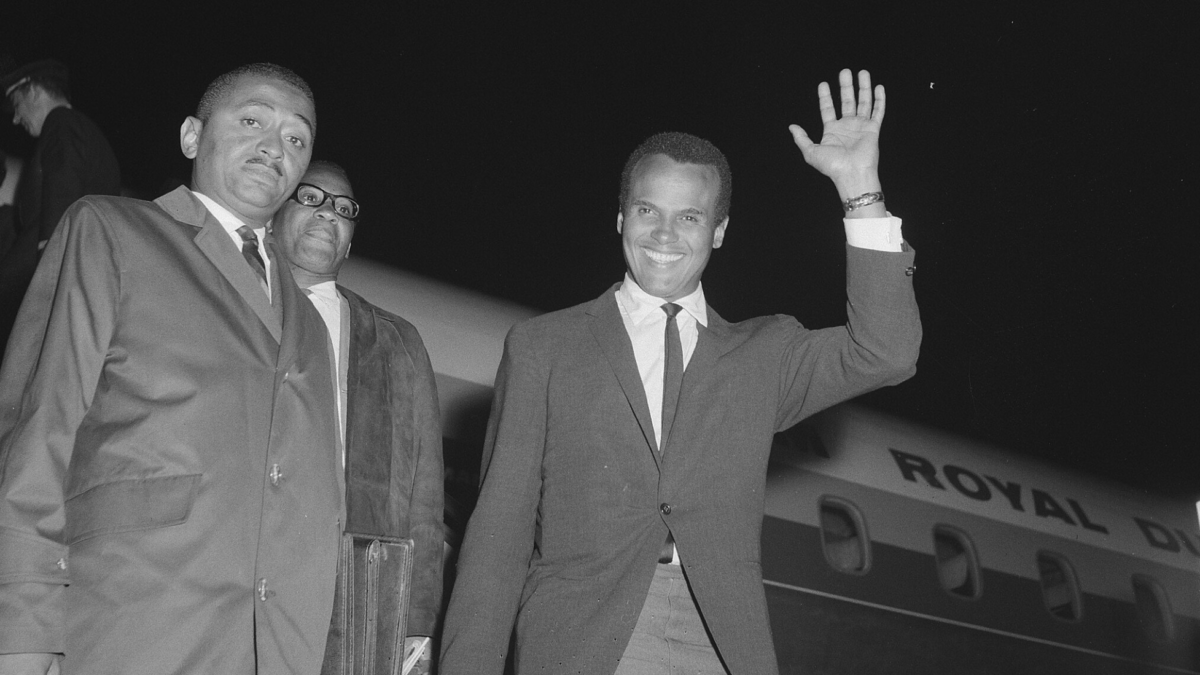
One thing we all have learned from the COVID-19 outbreak is that life can be so fragile and unpredictable. A perfectly active and healthy person could be infected by the virus through no fault of his or her own, and abruptly, can no longer breathe properly and have to fight for life. Many infected people eventually survive the ordeal, but some do not.
Parents who have lost their babies either through stillbirth (when a baby dies after 20 weeks of pregnancy) or neonatal death (when a baby dies within 28 days of birth) are all too cognizant of the fragility and unpredictability of life. These tragic and untimely deaths happen more often than many people realize.
I met with several of these parents through a virtual Mother’s Day memorial walk for bereaved parents. One couple lost their baby boy at 38 weeks of pregnancy, one couple lost their baby girl at 39 weeks, and another couple lost their baby boy at 41 weeks. Their experiences were strikingly similar.
They all told me they had perfectly normal and healthy pregnancies. All the results from their prenatal checkups displayed zero abnormalities. One day, the baby was moving and kicking, and the next day, he or she suddenly stopped moving. When each couple rushed to the hospital, doctors couldn’t detect their baby’s heartbeat.
None of the parents received any clear medical explanation of why such tragedy happened to them. They were only told they did nothing wrong. Such words offer no comfort and do not take away any guilt nor pain. For these parents, losing their baby is the worst tragedy in life. Their worlds were flipped upside down overnight, and their lives were forever changed.
One study revealed that women whose babies died of stillbirth or neonatal death are four times more likely to experience depression and seven times more likely to exemplify symptoms of post-traumatic stress than mothers who did not experience such tragic outcomes with their children.
Until recently, U.S. parents who have lost their babies through either stillbirth or neonatal death have only a very short window of time to say goodbye before they have to let their babies go to the mortuary. No matter the time of year, hospitals are generally kept very warm, causing the color and condition of their babies to change quickly. This process is heartbreaking for grieving parents.
At the same time, losing a baby is such a traumatic and painstakingly shocking experience, many parents feel that the very limited time they get to spend with their babies is not enough to fully process what happened, nor do they have any opportunity to create long-lasting memories with their baby, whom they have loved and were longing for all this time.
CuddleCots Offer Parents Time
In 2011, Flexmont, a private company in the United Kingdom, developed a compassionate solution: CuddleCots. The cot looks like a traditional bassinet or Moses basket. At the bottom of the cot is a mattress, which is filled with cold water and connected to a cooling unit nearby. The cot can preserve a baby’s body for several days, giving the grieving parents and extended families precious time to create memories, come to term with their loss, and say goodbye.
One couple who used a CuddleCot for their stillborn son told me they were able to spend two full days with their baby boy. They changed his clothes, read to him, took pictures with him and the rest of the family, including two older siblings and the grandparents. At one point, the dad brought his son outside to let the sunlight shine on his angel’s face for a few minutes.
They told me that since they weren’t rushed to say goodbye to their baby boy, the two days they spent with him enabled them to bond and create memories they would cherish for the rest of their lives. The extra gift of time validated their birth experience and parenthood, while greatly helping their own grieving and healing process.
Since their introduction, CuddleCots have become widely available in hospitals throughout Europe. In Ireland, every hospital is equipped with CuddleCots, and in the United Kingdom, CuddleCots are used in 92 percent of hospitals. Feedback from grieving parents is overwhelmingly positive. Medical research also shows that enabling parents to hold and spend time with babies after stillbirth or neonatal death has encouraging psychological outcomes for parents.
The U.S. Needs a Cultural Change
While stillbirth numbers in other industrial countries have gone down in recent years, the number of stillbirth in the United States has been stubbornly stable. Stillbirth and neonatal death claim 50,000 babies in the United States each year.
But the usage of CuddleCots in the United States is still not as common as in Europe. Many U.S. hospitals do not have them. Part of the reason is cost; they’re about $3,000 each. Hospitals that do have CuddleCots usually received a cot as a donation from grieving parents who found out about CuddleCots after their loss and decided to help other grieving parents.
Cost is not the only hurdle for making more CuddleCots available in hospitals throughout the United States. We also need cultural change, as the death of a baby is still largely a taboo subject. Many bereaved parents have to bear their grief and trauma alone. As one mother wrote after losing her daughter to neonatal death:
At the end of the night
All of the smiles have gone cold
The hugs have gone stale
I lie down on my bed
Just me and my grief
And my love for you.
On this Mother’s Day, let’s remember not every pregnancy has a happy ending, and not every mother gets to go home with her newborn. As Japanese writer Haruki Murakami said, “Death is not the opposite of life, but a part of it.” We as a society can and should better care for these grieving mothers and fathers. One place to start is to make CuddleCots more widely available and comfort these parents with the gift of time.









